
Easy Clove Cultivation: From Seed to Spice
Easy Clove Cultivation: From Seed to Spice – Your Complete Home-Grown Guide
Growing cloves at home isn’t just about adding a fragrant spice to your kitchen—it’s about nurturing something truly special from seed to harvest. With patience and the right care, you can enjoy a steady supply of aromatic cloves straight from your own garden. Here’s an expanded, step-by-step guide to help you through every stage of clove cultivation:
1. Selecting Clove Seeds
∙ Start by choosing fresh, mature clove seeds from reliable sources or healthy trees.
∙ Inspect the seeds carefully—avoid any that are shriveled, cracked, or covered in mold, as these will likely fail to germinate.
∙ Fresh seeds typically have a light brown outer layer and feel firm to the touch.
2. Germinating Clove Seeds
∙ Scarify the seeds by gently nicking the hard outer coat using a small knife or sandpaper. This allows moisture to penetrate the shell more easily.
∙ Soak the seeds in warm, clean water overnight to kickstart germination.
∙ The next day, remove and place them on a moist paper towel or in damp sand for two to three days until you notice small sprouts forming.
3. Planting Clove Seeds
∙ Prepare a well-draining potting mix, ideally a combination of sandy loam and compost for good aeration and nutrients.
∙ Sow the pre-germinated seeds about 2 centimeters deep in small pots or seedling trays.
∙ Keep the soil consistently moist but not waterlogged.
∙ Place the pots in a warm, humid area with indirect sunlight—direct light may dry out the delicate seedlings too quickly.
4. Caring for Clove Seedlings
∙ As your seedlings emerge, give them bright, filtered sunlight for at least 6 hours a day.
∙ Water regularly, but allow the top layer of soil to dry slightly between waterings to avoid root rot.
∙ Maintain temperatures between 25–30°C (77–86°F), as cloves thrive in tropical warmth.
∙ Apply a balanced liquid fertilizer every few weeks to promote steady, lush growth.
∙ Once seedlings are around 6–8 inches tall, they can be transplanted into larger pots or directly into the garden.
5. Harvesting Cloves
∙ Clove trees begin to produce flower buds after 4–6 years, depending on growing conditions.
∙ Monitor the buds closely—harvest them when they turn pinkish but before they open into flowers.
∙ Use sharp, clean pruning shears to cut the buds carefully without damaging the branches.
∙ Spread the buds out evenly on a clean cloth or drying tray in a shaded, well-ventilated area. Avoid direct sunlight, which can cause flavor loss.
6. Drying and Storing Cloves
∙ Drying takes several days. The buds will gradually darken to deep brown or black and become hard and brittle.
∙ Once completely dry, store your cloves in airtight glass jars or tin containers.
∙ Keep them in a cool, dark place away from moisture and direct sunlight. Properly stored cloves can retain their strong aroma and taste for over a year.
7. The Joy of Growing Your Own Spice
Growing cloves may take time, but the reward is priceless. From the moment you plant the seed to the day you crush a dried clove in your hand, the fragrance tells the story of your patience and care. Beyond the kitchen, cloves offer numerous health benefits—they’re rich in antioxidants, help ease toothaches, improve digestion, and even strengthen immunity.
With consistent care and the right environment, you’ll have not just a spice, but a symbol of growth and dedication in your garden. From seed to spice, your homemade clove journey is one that brings both flavor and fulfillment for years to come.
News in the same category


The Hidden Power of Common Lantana (Lantana camara): What You Can Safely Do with It at Home
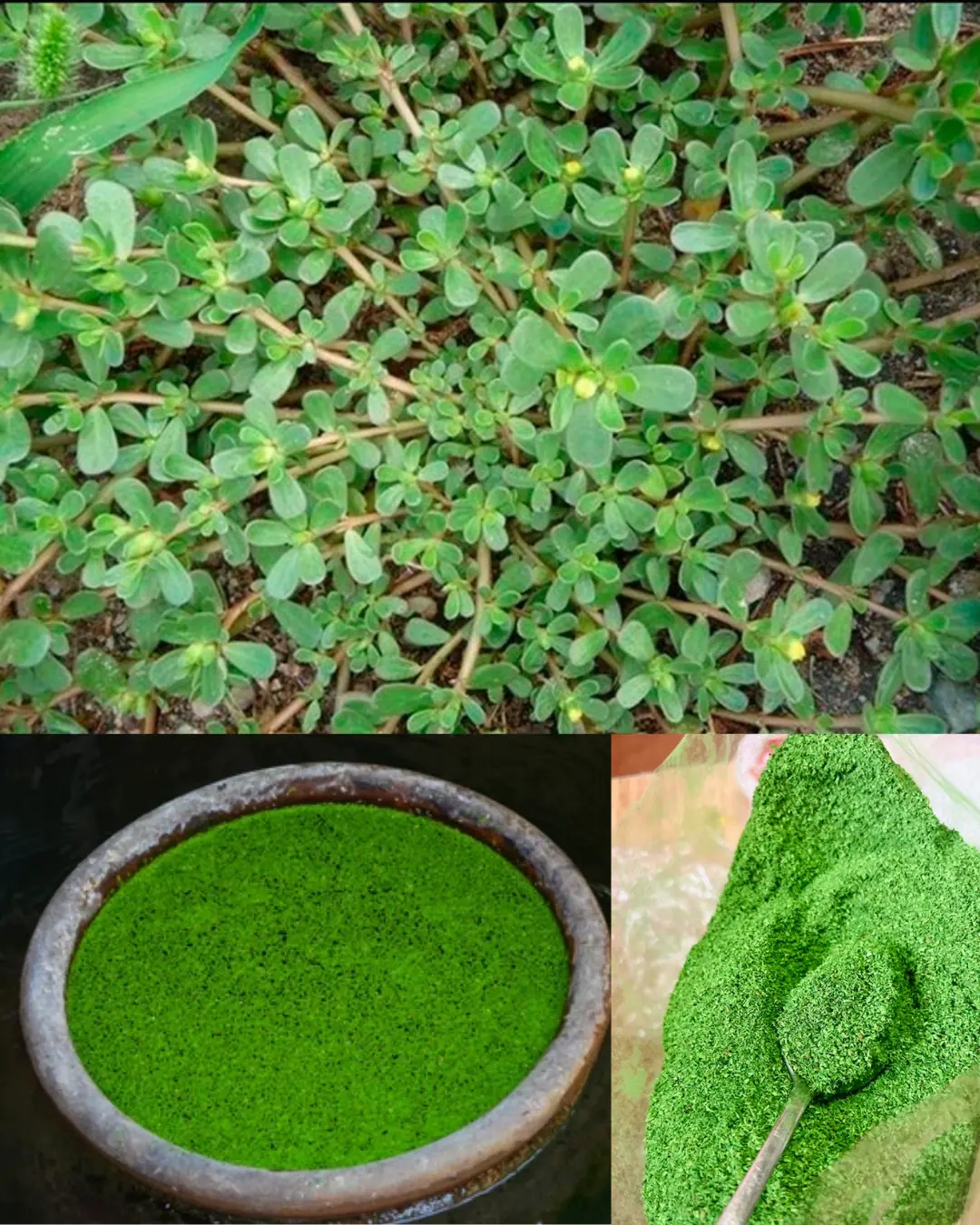
11 Little-Known Secrets of Purslane: A Wonder Plant in Disguise
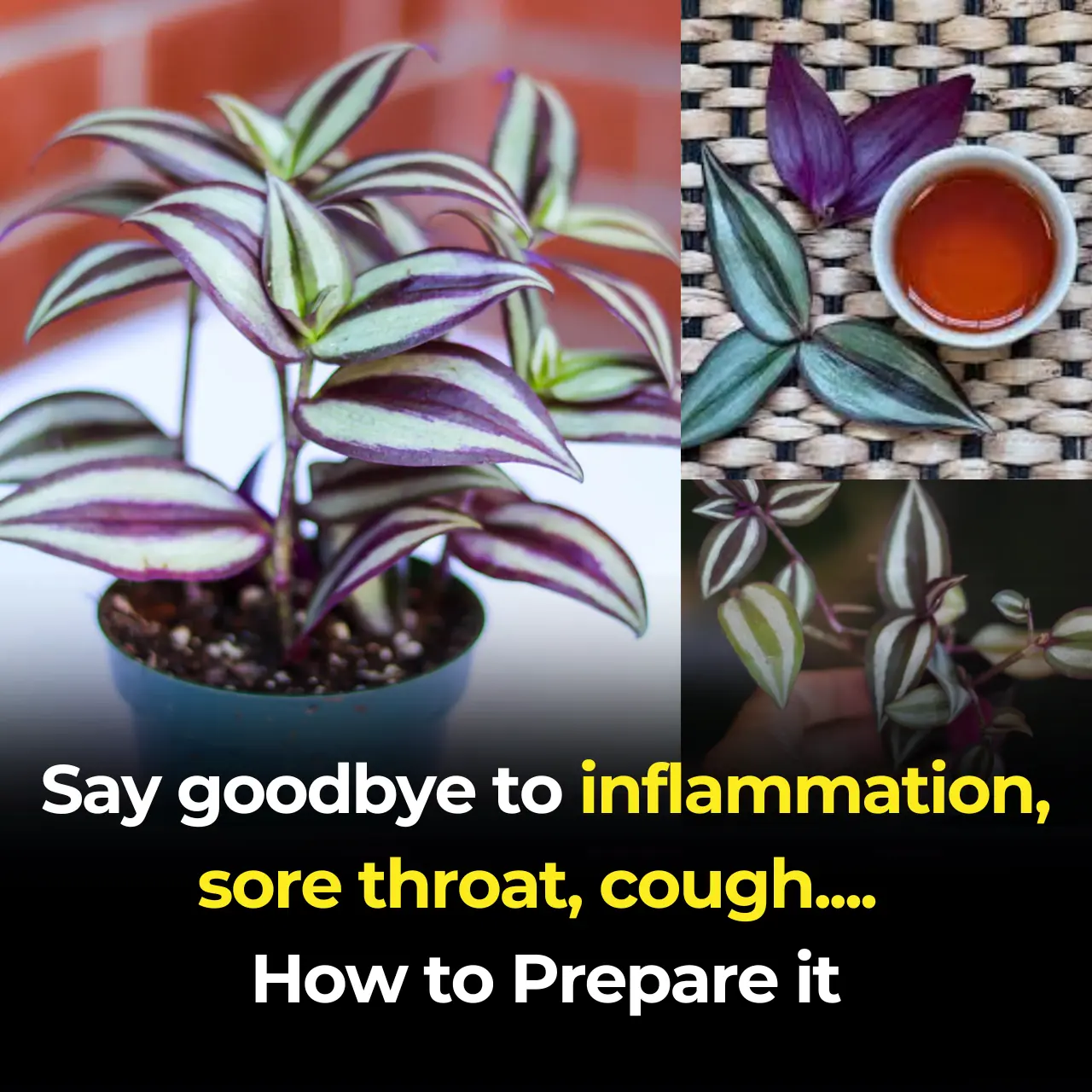
Tradescantia zebrina: The Colorful Healer Hidden in Plain Sight

Here are 7 incredible things that happen when you burn a bay leaf at home
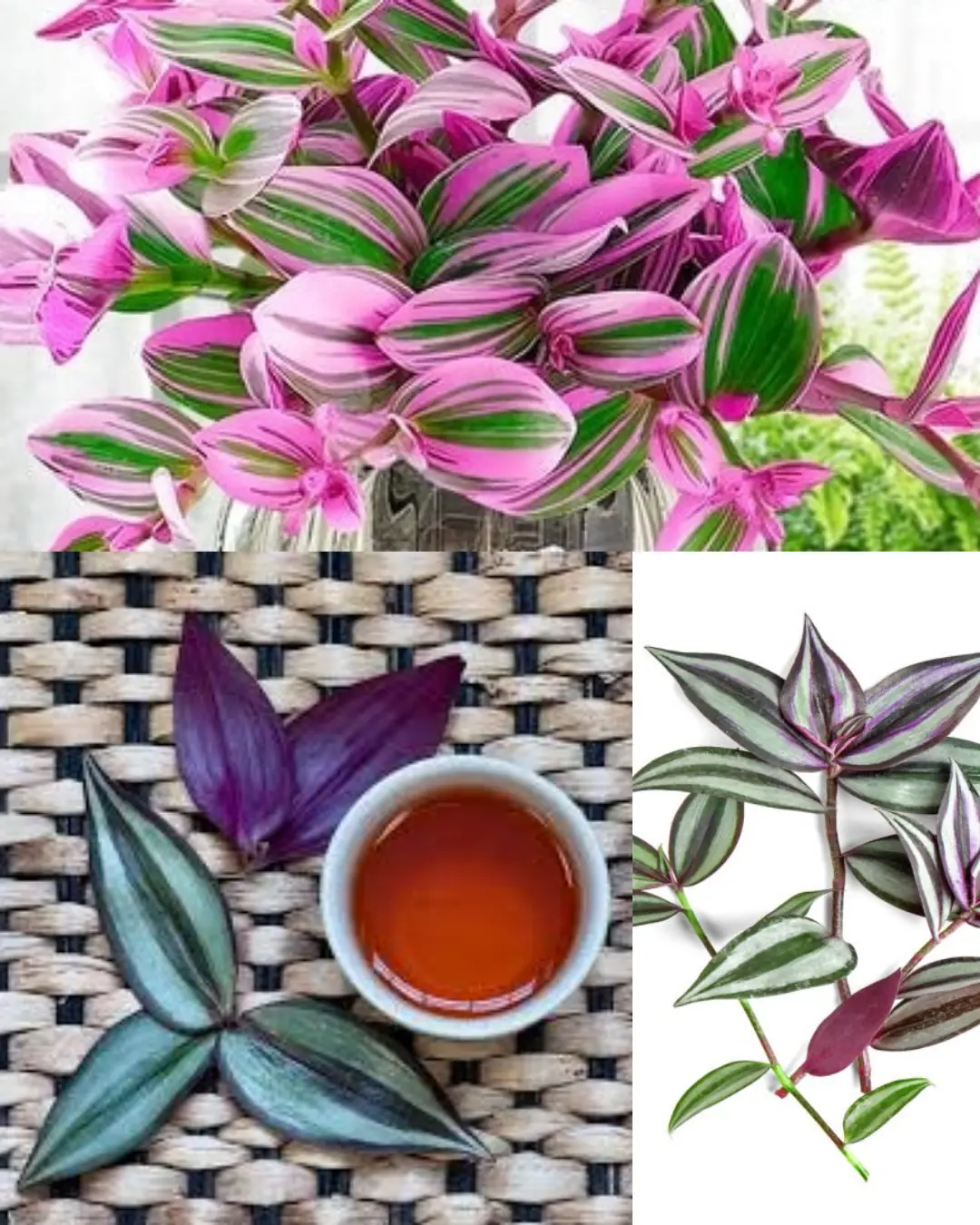
Tradescantia zebrina: The Colorful Healer Hidden in Plain Sight

Black Locust (Robinia pseudoacacia): 14 Surprising Benefits and How to Use It at Home
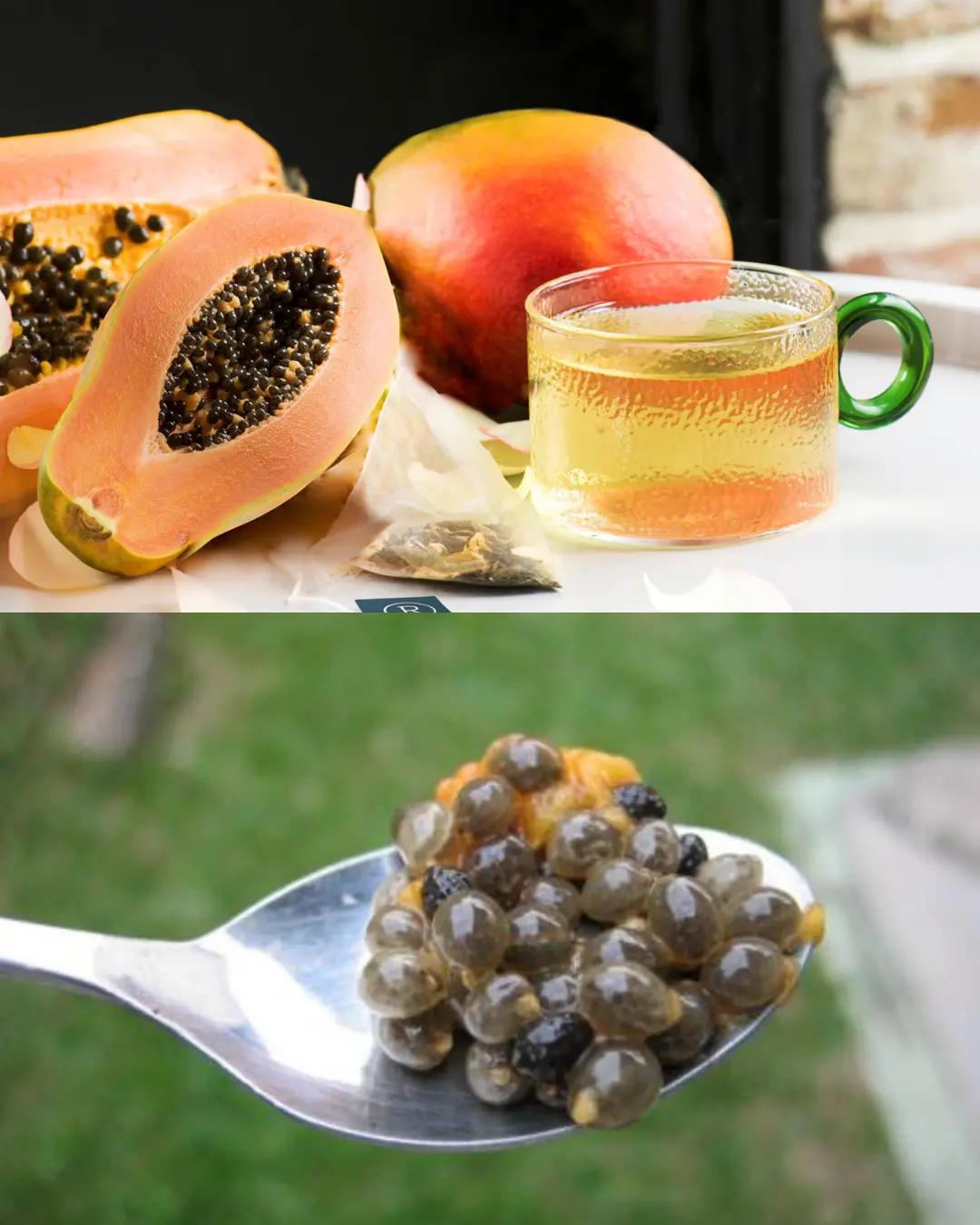
Papaya Seeds for Gut Health: The Simple Secret Inside Your Fruit
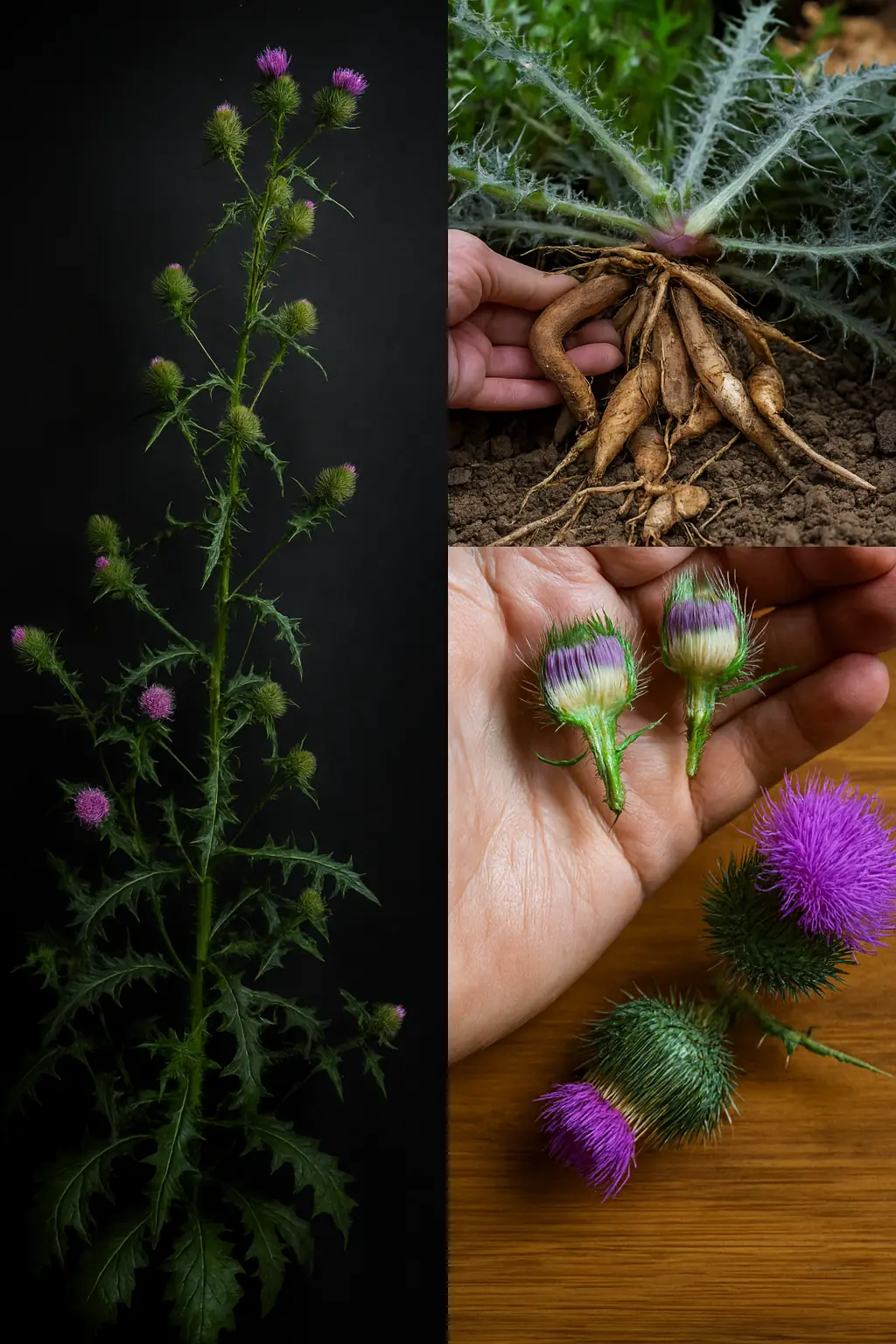
12 Benefits of Bull Thistle Root and How to Use It Naturally
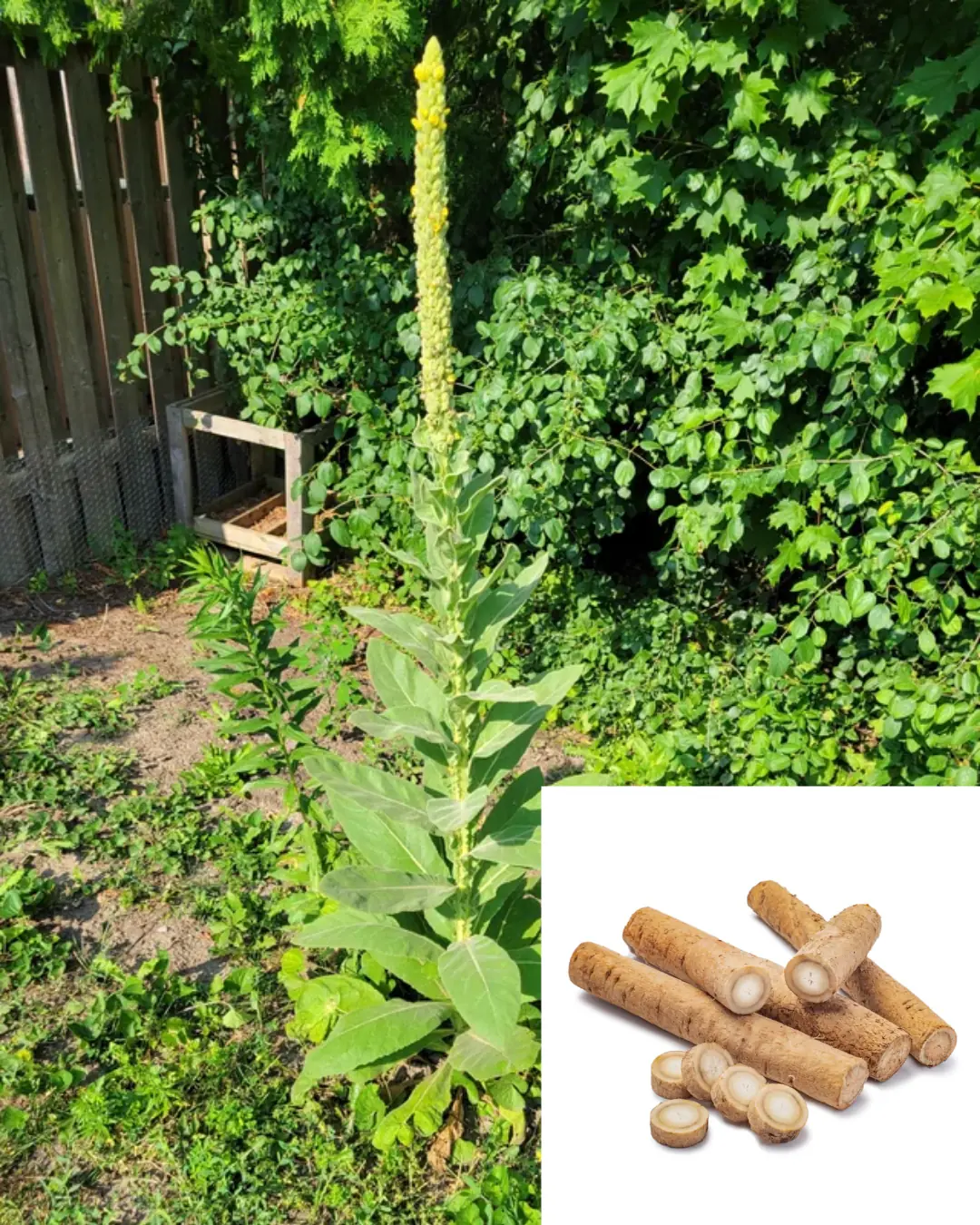
The Hidden Power of Mullein Roots: Benefits and Uses
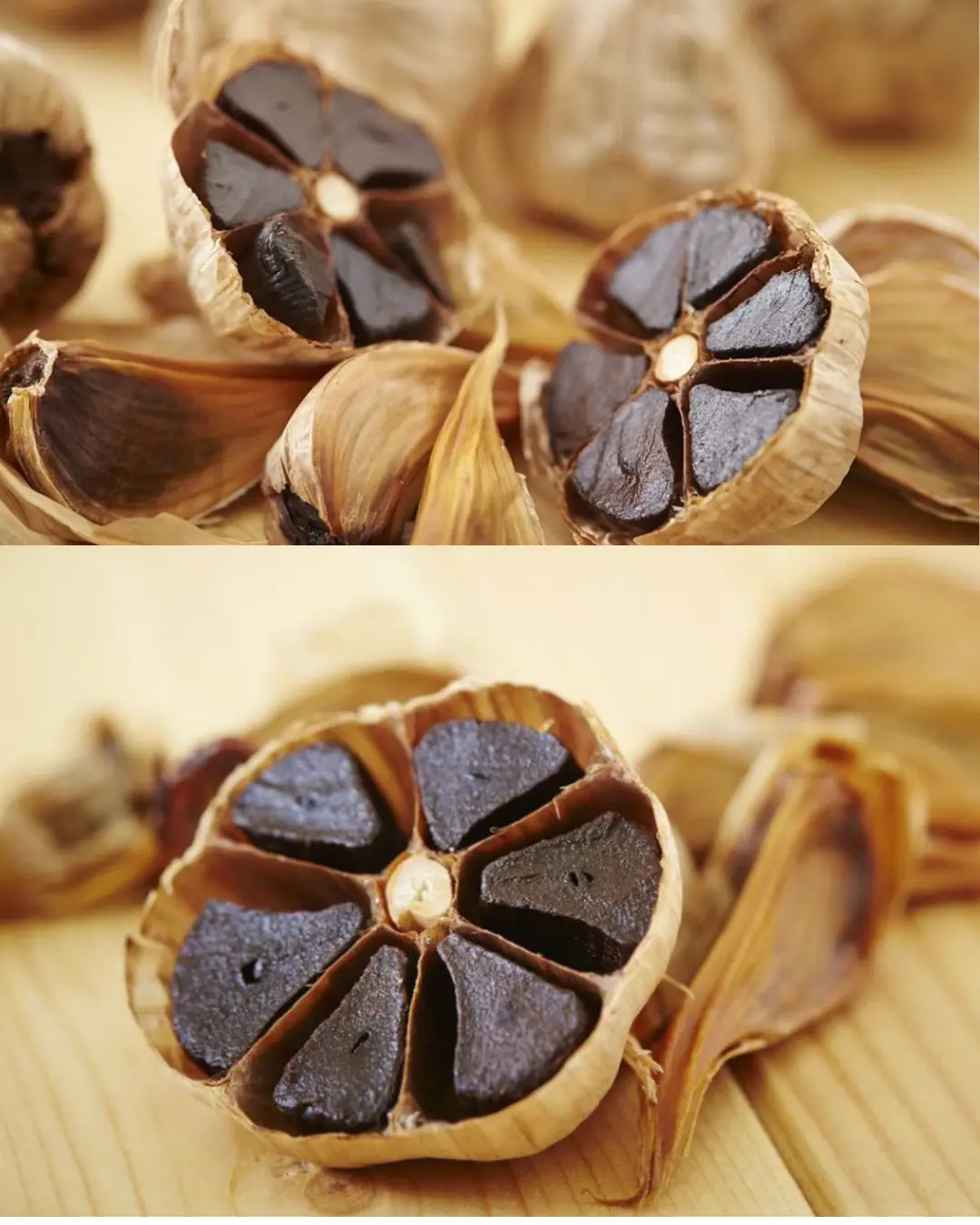
The Power of Black Garlic: Nature’s Aged Superfood
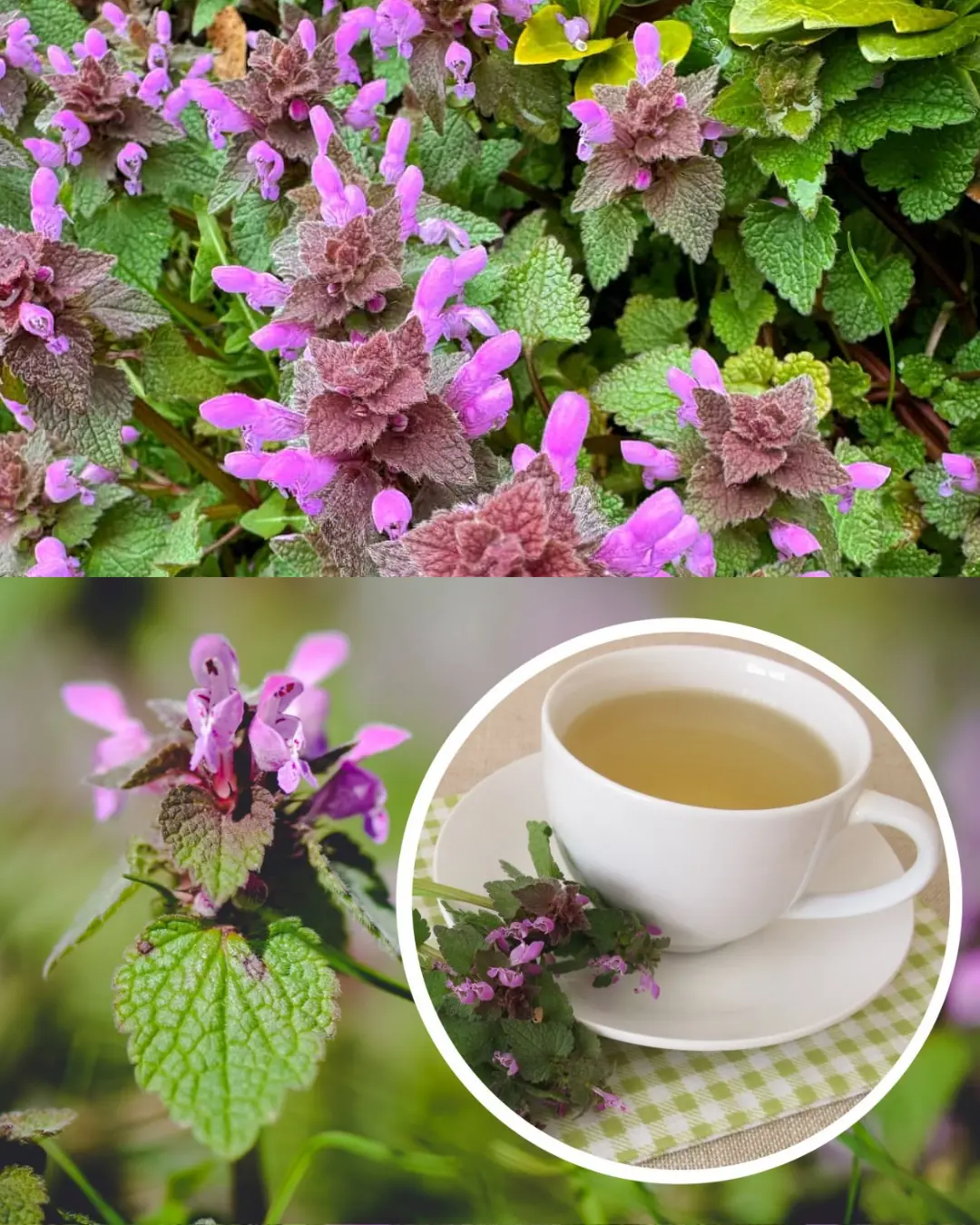
Purple Dead Nettle (Lamium purpureum): A Wild Ally for Circulation and Heart Health

The One Kitchen Ingredient That Makes Bedbugs, Mosquitoes, Cockroaches, Ants & Silverfish Disappear Like They Never Existed – And It Costs Less Than a Cup of Coffee

Doctors Reveal What Eating Peanuts Can Really Do to Your Body
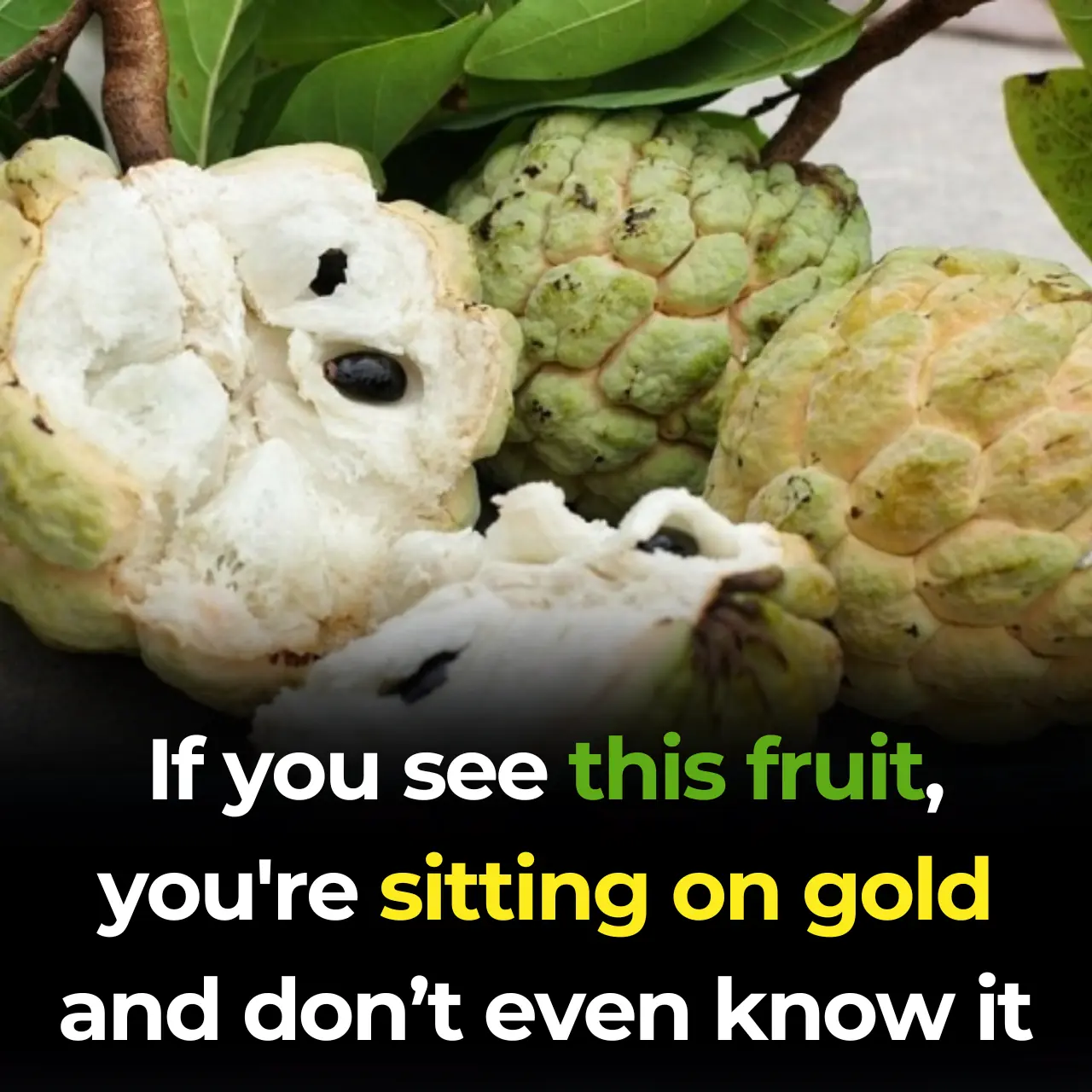
Sugar Apple (Annona squamosa): A Sweet Fruit with Powerful Health Benefits

Burning Garlic at Home: What Happens After 15 Minutes

Why Do People Put Butter on a Date? The Ancient Energy Mix Making a Modern Comeback

Rosemary: The Ancient Herb With Powerful, Little-Known Benefits for the Human Body
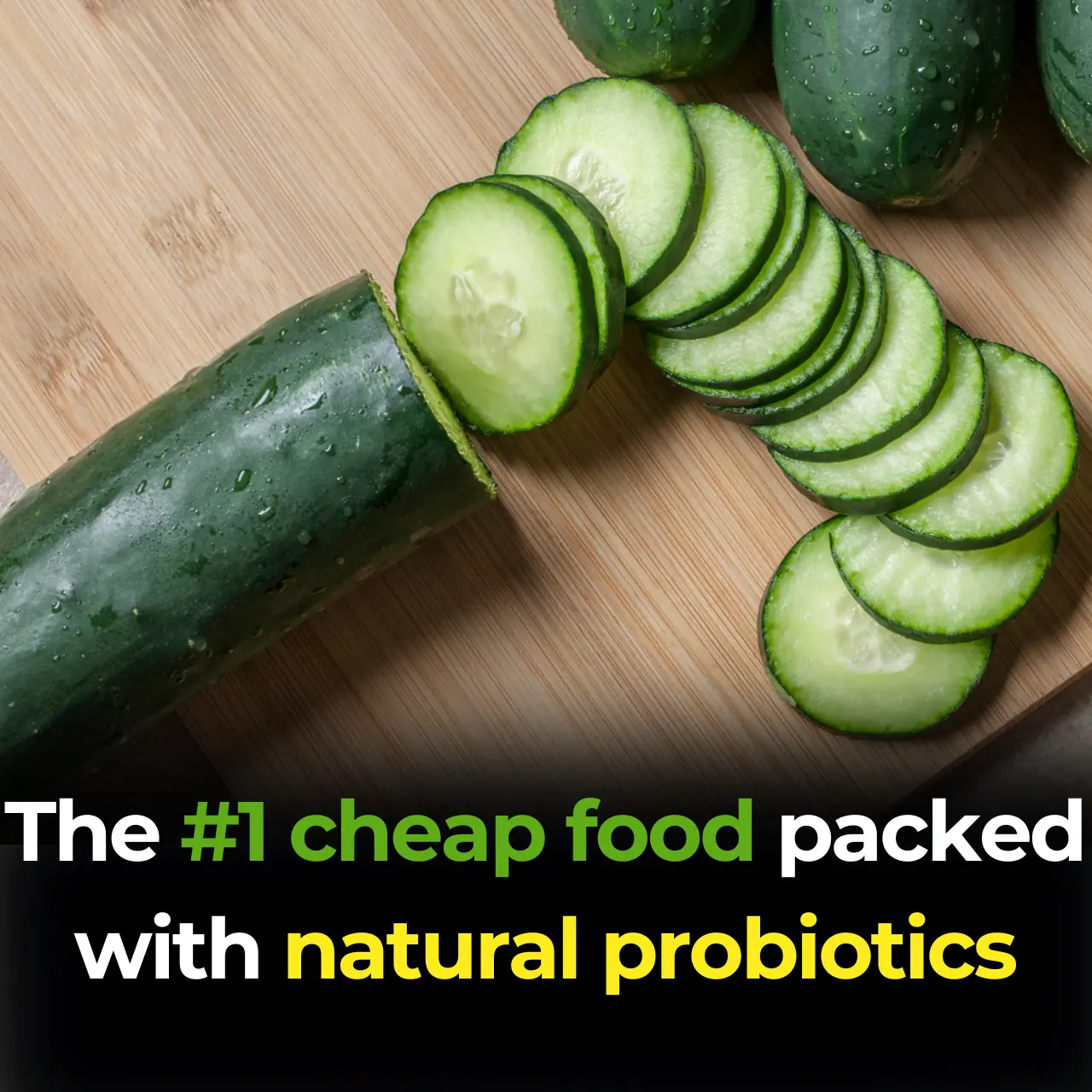
The #1 cheap food packed with natural probiotics (and how to prepare it)
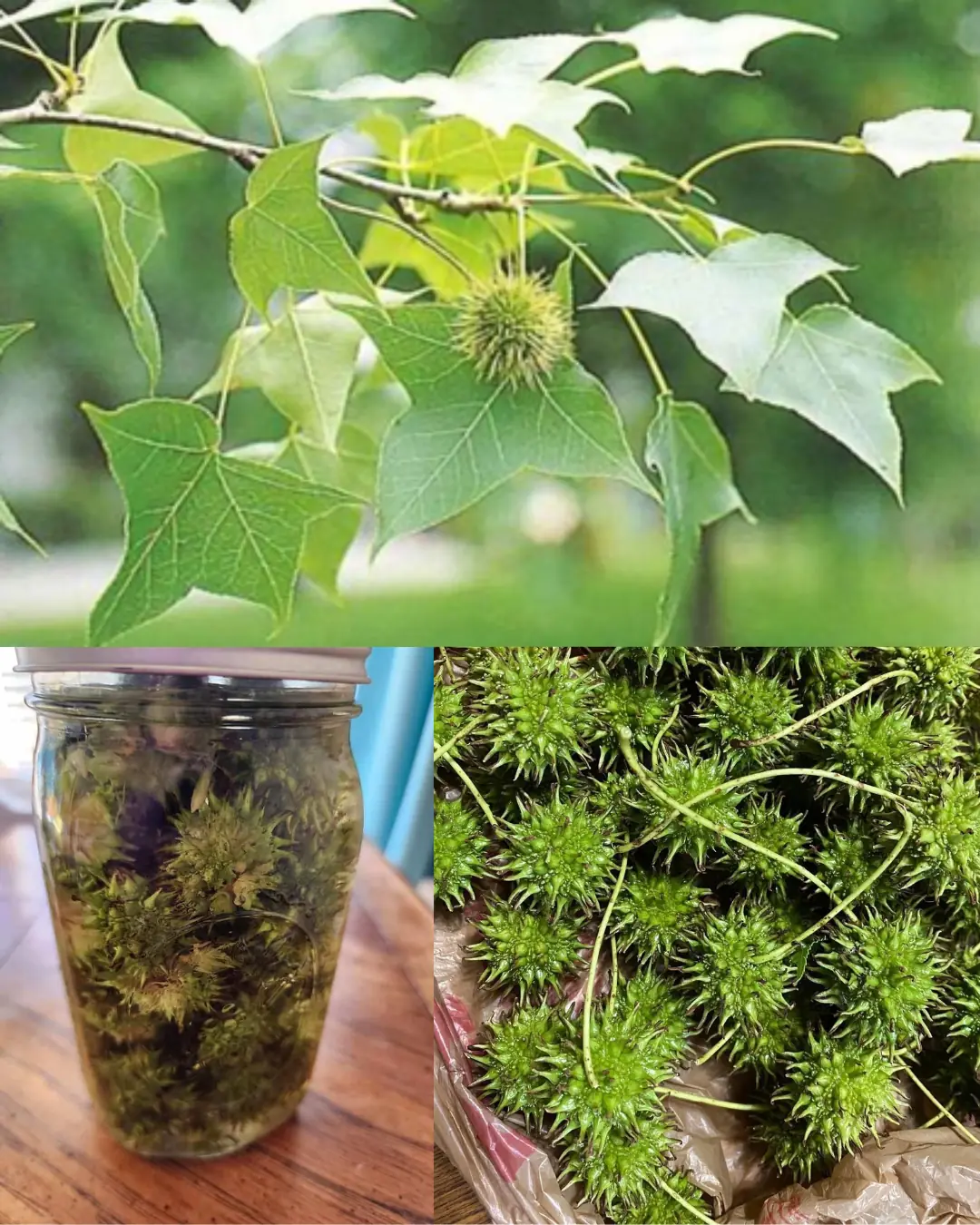
American Sweetgum (Liquidambar styraciflua): Health Benefits and Easy Ways to Use It at Home
News Post

MEDICATIONS YOU SHOULD NEVER TAKE WITH COFFEE

What You See First in This Optical Illusion Reveals A Lot

Why Your Dog Stares at You

10 Best Foods to Detox Your Kidneys and Protect Renal Health

Honeybee Venom Can Destroy Breast Cancer Cells in Under an Hour — A Breakthrough That Could Transform Modern Medicine

Love Can Literally Make Your Body Crave More Sleep — Here’s the Science Behind It

A Revolutionary German Gel May Repair Joints Naturally—Potentially Eliminating the Need for Surgery

The Power of Clove Steam Inhalation (Respiratory Relief You Can Feel Immediately)

Peter Tabichi: The Kenyan Teacher Who Became the World's Best by Inspiring Change and Giving Back

Reducing Meat Consumption by 90%: A Critical Step to Combat Climate Change and Ensure Global Sustainability

Revolutionary Nanobodies Offer New Hope for Alzheimer’s and Parkinson’s Disease Treatment

Gray Wolves: The Remarkable Lifelong Bond Between Mates and Their Role in Pack Survival

Sebastian Errazuriz’s Robotic Dogs: A Satirical Commentary on Tech Billionaires and the NFT Market

Voyager Spacecraft: A 40-Year-Old Marvel of Engineering Exploring Interstellar Space

Popular blood pressure drug linked to increased cardiac arrest risk

How the U.S. Escaped Hurricane Landfalls in 2025

Ancient Shark Fossils Unearthed in Mammoth Cave Rewrite 325 Million Years of Evolutionary History

Powerful Health Benefits of Pineapple You Should Know

How an Italian Police Lamborghini Huracán Helped Save Lives by Delivering Kidneys Across Italy
